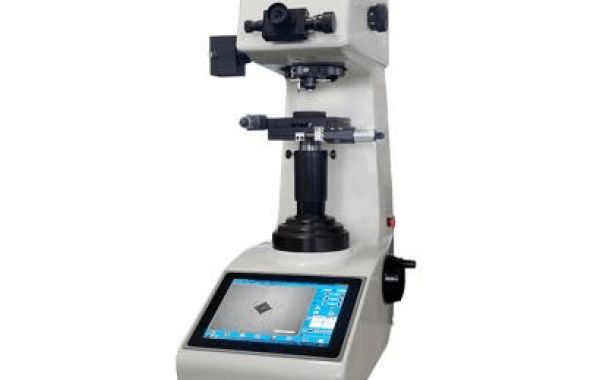Vickers and Rockwell hardness testers are both used to measure a material's hardness, but they differ significantly in a few key ways.
Indenter
- Vickers: Employs a square-based diamond pyramid indenter. This creates a square indentation that is measured diagonally.
- Rockwell: Uses a range of indenters, including ball bearings and cones with various compositions. Which specific indenter is used depends on the material being tested as well as the intended hardness scale.
Force
- Vickers: Applies a constant force throughout the test, typically ranging from 10 grams to 100 kilograms.
- Rockwell: Uses a two-stage application of force. A larger test force is applied after a preload has been applied. The hardness is determined by measuring the depth difference between the preload and test force indentations.
Scale
- Vickers: It makes use of single-scale hardness (HV). The hardness value can be obtained by multiplying the test force by the area of the indentation.
- Rockwell: Uses different hardness scales (e.g., HRB, HRC, and HRD) for different combinations of indenter and load.
Applications
- Vickers: Suitable for a wider range of materials, including metals, ceramics, and polymers. ideal for small parts, thin sections, and case depth work.
- Rockwell: Usually applied to metals, though certain scales can also be used on stronger polymers. Vickers are usually faster, but they are also less adaptive.







